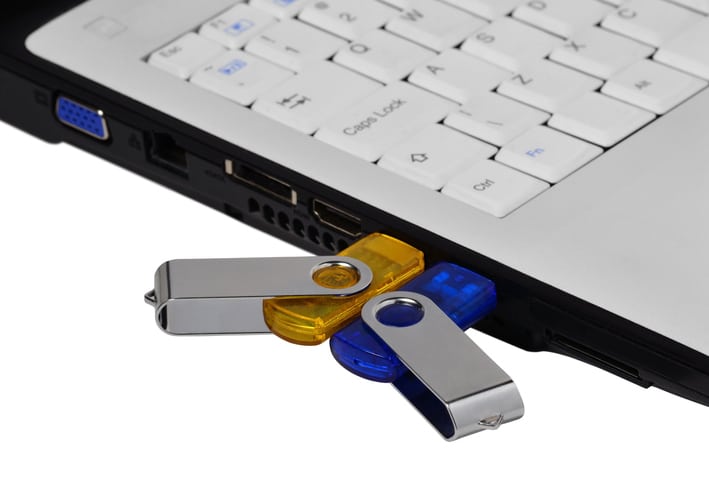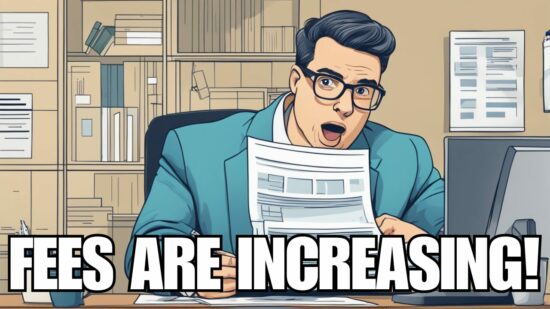
USB drives offer so much convenience. A little storage device as big as your finger, you can carry it around without even noticing it—and with every passing year, the amount of data they can hold grows and grows. These small storage devices are so easy and convenient to use that they are found everywhere in the business world, from desk drawers to branded swag drives on keychains. And since they are so easy to pop in and out of your USB drive, if you are like many people, you probably do not even bother to eject them before you take them out of your drive. Is there really any problem with not ejecting your USB drive properly? Unfortunately, the answer is a definite “Yes.”
From losing data to ruining the drive, failing to properly eject your USB drive can lead to real issues. Read on to discover the way your USB drive works and why it is so important to go through the ejection process on your computer.
Removing a USB Drive Without Ejecting—What You Need to Know
How USB Drives and Computers Communicate
Using a USB drive is such a seemingly simple task. But when you look more closely at what goes on with your drive and your computer when they interact, you will discover that the way they work together involves a lot more than just plugging in and unplugging.
When you plug a USB drive into your computer or laptop, the first thing that happens is the computer delivers power through the USB port to the USB drive. The drive does not have its own power source, so it requires power from the computer to operate. After the computer has supplied power, the computer and the drive must communicate with one another.
Proper communication between a computer and a drive requires having the right drivers installed on your computer. Fortunately, today’s drives come equipped with drivers that your computer can download to allow it to communicate with the drive—which is why modern USB drives are considered “plug-and-play.”
When the computer and the drive have established communication, the computer does what it needs to do to figure out what is on the drive. There are multiple steps to just this process, including reading the directory structure, Master Boot Record or Partition Boot Record (the process can vary by drive).
Every one of the things described above happens before you are able to see your USB drive contents on your computer—all within a matter of seconds. There are numerous other things that go on behind the scenes as you use the USB drive as well. While it may seem like the changes you make to your drive happen instantly, in reality, there are multi-stage processes occurring that may take longer than you realize.
Alterations to Your Drive Happen in Batches
As your computer is reading your drive, it is changing the information in the metadata on the files, such as changing the time and date that the file was last modified. Then, when you make changes to files, such as adding or deleting a file, the changes you make will first occur in your computer’s cache. Eventually, your computer will make the actual alterations to the information on your drive. Again, these things happen quickly, but it is important to understand that they do not happen instantly, which is one of the reasons why pulling the drive out can cause problems.
Other Programs May Be Using Your Drive
You see a very small portion of what actually happens with your computer at any given moment. While you may not be interacting with your drive right now, other programs on your computer could be doing so. For example, your antivirus and anti-malware programs could be busy scanning your drive while you are doing other things. Removing the drive while such programs are doing things on your drive can cause the files to be corrupted.
What Happens When You Eject the Drive?
Your computer and your drive have to go through a process to say goodbye just like they had a process to say hello. By pressing the eject button in your system you are telling the computer to start this process and finalize everything so that the drive can be removed safely. The computer will make sure that all of its interactions with the drive are completed before it says that you can safely remove the drive—like waiting until the antivirus is done scanning the drive.
Always Eject the Drive to Avoid Damaging Files or the Drive
Failing to properly eject your USB drive can damage files or corrupt the entire drive. That is why you always want to go through the proper ejection process. Failing to do so could cause you to lose your data on the drive or cause you to lose the ability to use the drive at all.






